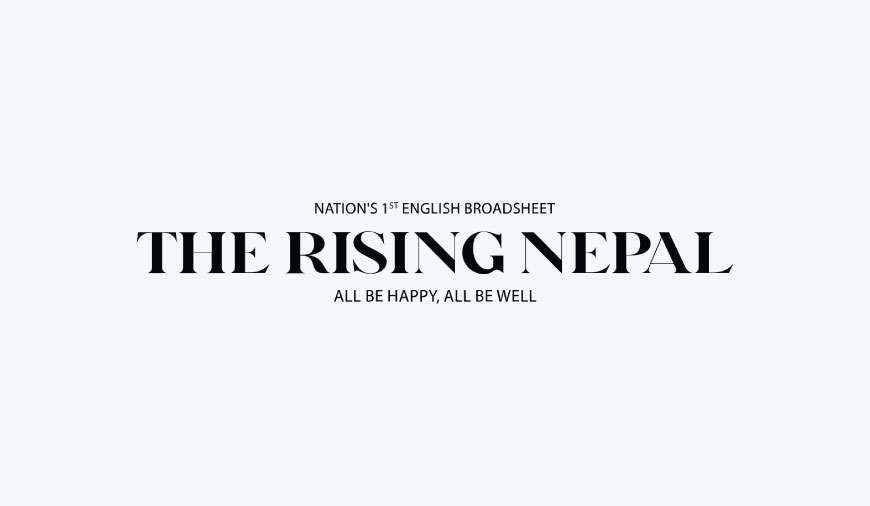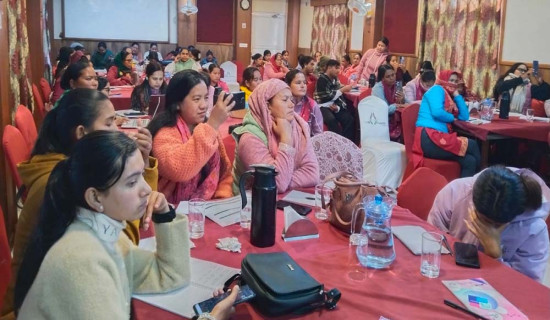- Thursday, 25 December 2025
Eco-anxiety Vs Passivity
Dixya Poudel
Hurricanes crash through the coastal areas, floods deluge the residential zones, droughts dry up lakes and wildfires ravage nations. All of these are natural disasters widely considered to have one common root which is climate change. Global warming and climate change are currently manifesting their adverse effects throughout the world as they rear their ugly heads towards biodiversity as well as human life.
However, as unrelenting as climate change is, its mitigation measures are taking up way less traction than it should. Why are human beings so indifferent when it comes to preservation and conservation of natural resources and the mitigation of climate change effects? The answer would be in the mindset of the larger population. It is inherent in human nature to be concerned and worried over only the immediate problems. It is also called as the myopic vision. And as climate change takes place gradually and over time, most people tend to think that it won’t happen in their lifetime.
Thus they envelop themselves in a doom barrier which basically stops them from worrying over the long term consequences of climate crisis. However, not all of humanity is oblivious. There are activists who have been sounding the alarm over climate change effects. As such, Gen Z tends to be more aware of environmental concerns and is known to be alert over an individual carbon footprint. The youths today are knowledgeable about environmental protection and preservation which is why they try to be climate conscious through a sustainable lifestyle.
There is a term called “eco-anxiety” which refers to the growing concern and worries over the deteriorating ecosystem. As glacial and icebergs melt, the ocean acidifies, the air gets highly polluted and the deforestation rises, they take a heavy toll on the planet’s ecosystem, biodiversity and ecology. Eco-anxiety has led to a rise of climate activists. Thus on one hand are those people with doom barriers while on the other hand are eco-anxious people. Doom barriers tend to be more common among older and orthodox citizens of the world while eco-anxiety prevails among the young and the scientific minded people.
It is necessary to tackle the doom barrier through public education and awareness. In the meantime, those who are excessively eco-anxious ought to channel their worries into action and not just words.
As Norwegian psychologist Per Espen Stoknes, who studies the human psychology on climate change, has said, “The question that drives me is: Is humanity to up to the task, or are we inevitable short-term thinkers?” Stokens has raised concerns over the indifference in the larger human population that arises due to psychological barriers against climate action. It is as if human beings are wired to tune only to immediate problems. Despite being highly innovative and inventive, humans haven’t been able to solve the climate conundrum which has been escalating today.
Why haven’t we as rational and scientific beings been able to curb environmental deterioration? Perhaps it is time to reconsider our strategies. According to Stoknes, “If you overuse fear-inducing imagery, what you get is fear and guilt, and this makes people more passive.” He suggests as a solution to tackle those psychological barriers that make climate change action quite distant and hazy when in fact it should be immediate, resolute and of high priority.

















